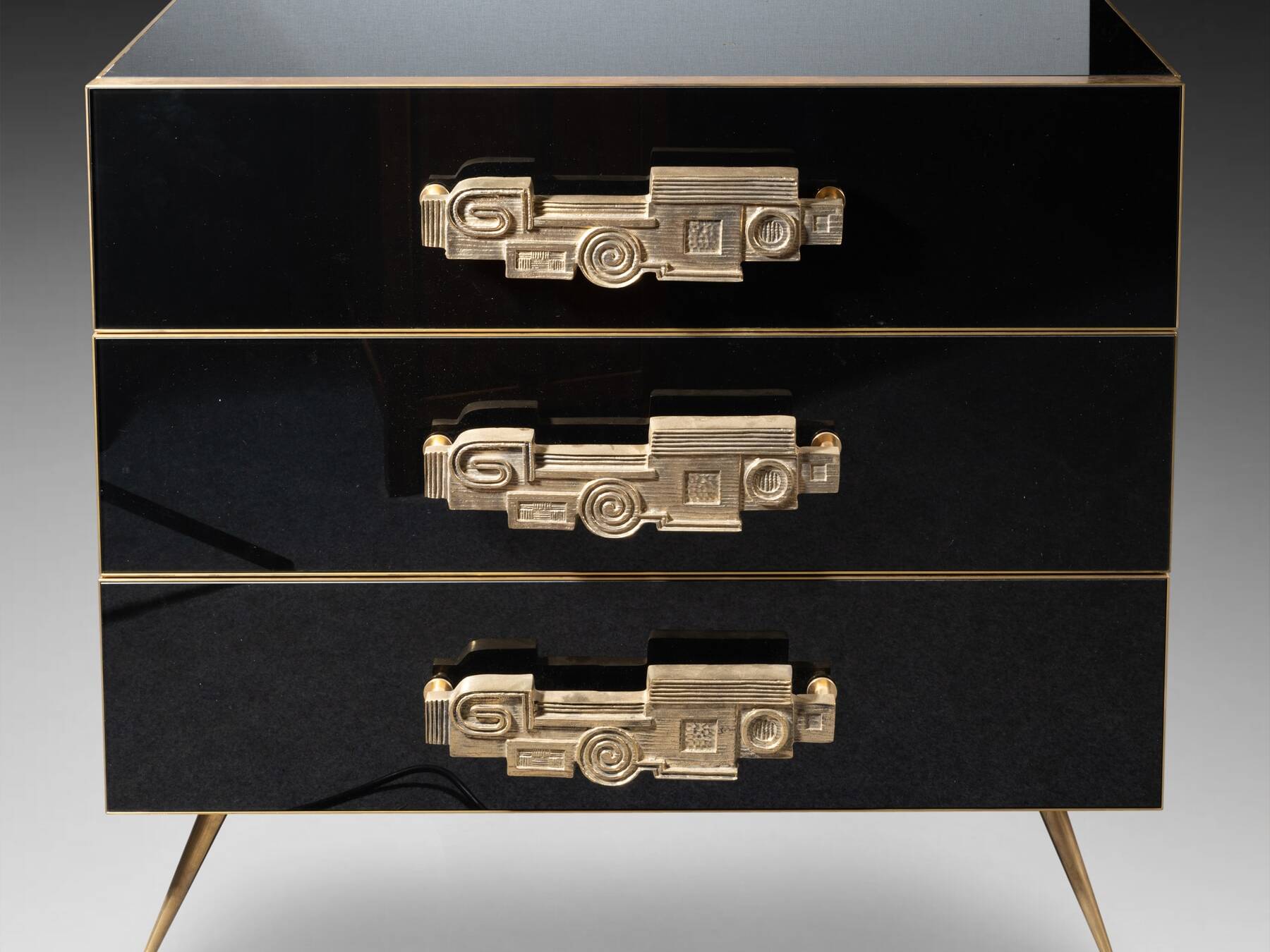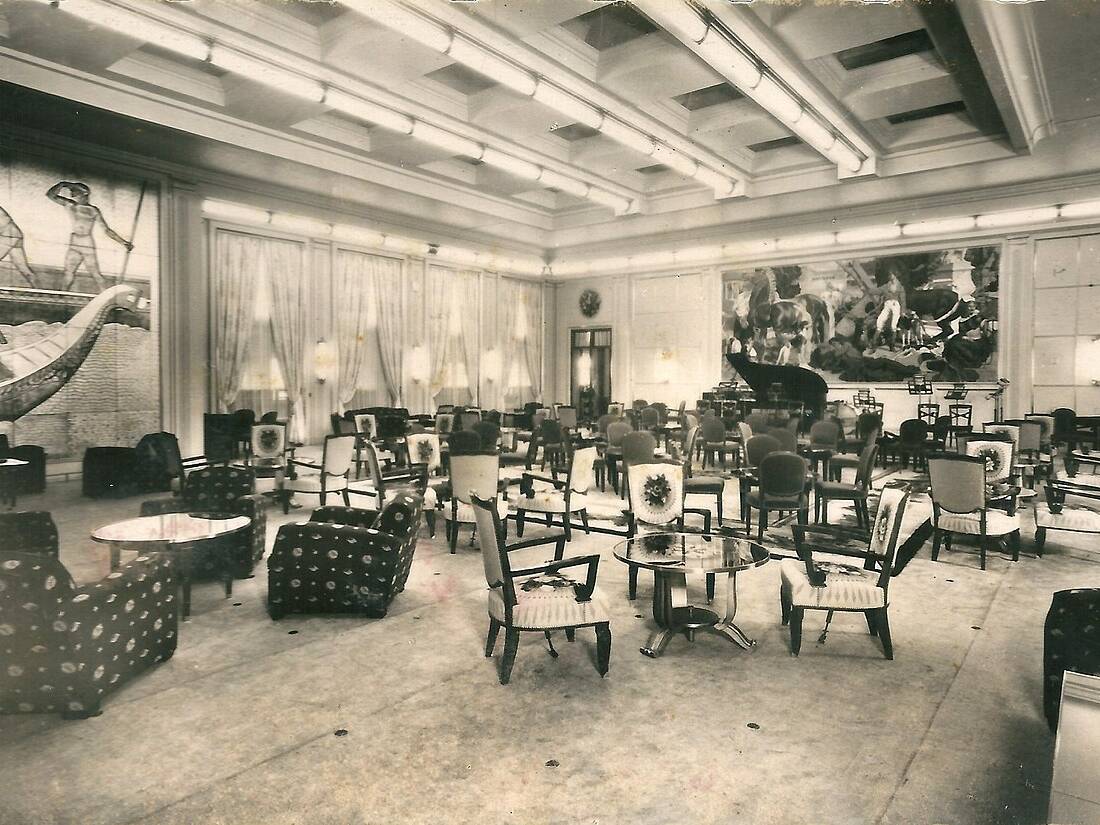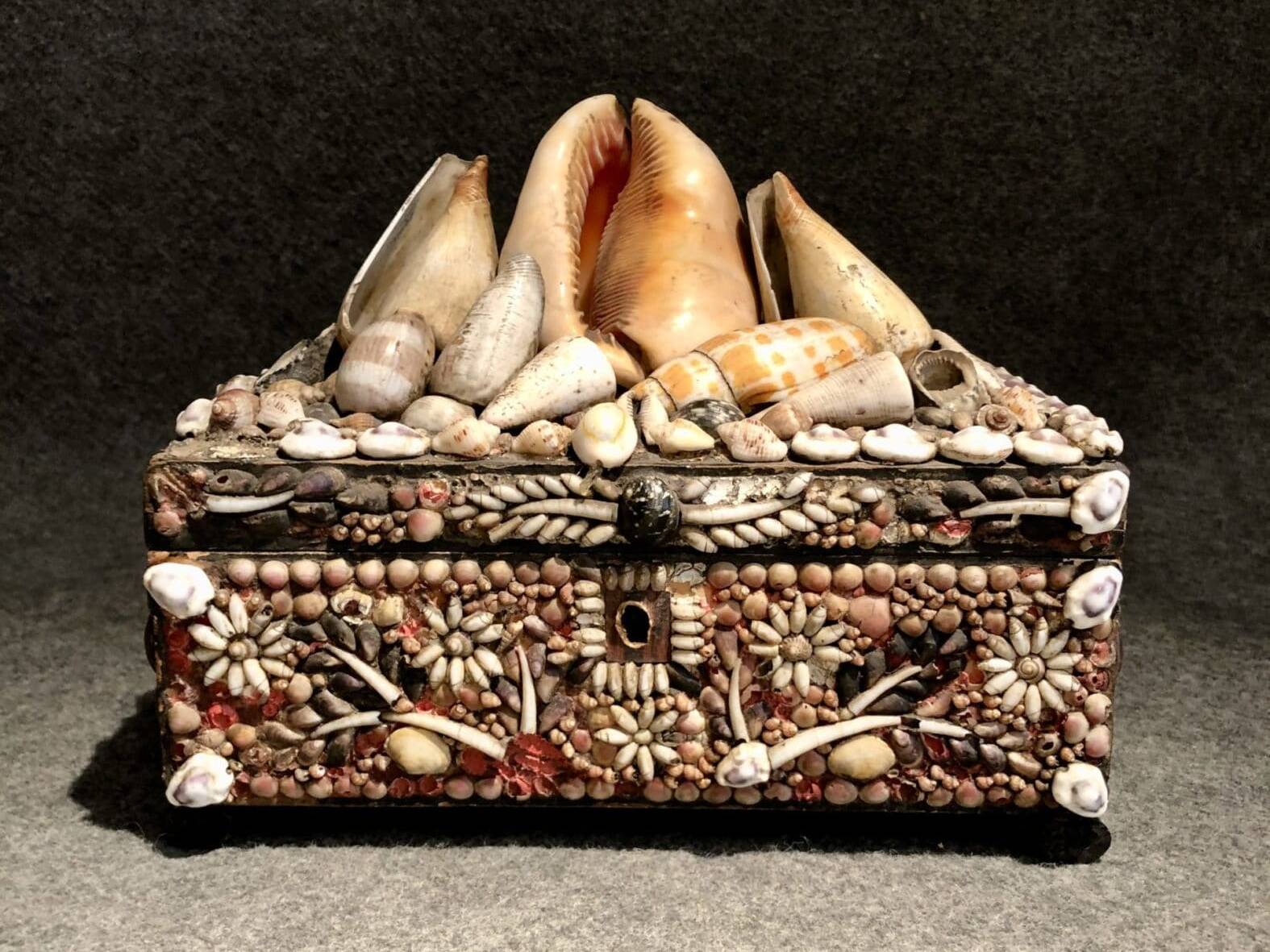Rediscovered during the Renaissance thanks to a renewed interest in Antiquity, the art of mosaic is closely linked to places of worship and the opulent houses of rich Roman patricians. But it was in the 18th century that this meticulous technique took on a whole new dimension.
The Invention of Micro-Mosaics
In 1731, the chemist and glassmaker Alessio Mattioli developed a recipe mixing marble powder (or more certainly gypsum), linseed oil, pigments and a vitrifiable mixture. This dough, flexible and stretchable, allows you to form thin baguettes which are then cut into very small pieces. These latter thus form tesserae called in Italian smalti filati.
The mosaicist then prepares his support, in metal or stone for example, and composes the main lines of his drawing. Then, patiently, he draws from a wide palette of colors to compose the pattern, the virtuosity of which is reflected in the quality of the modeling and the fineness of the details. It is through this mastery of drawing and color that the mosaicist can compete with the painter. Some also become true masters in this discipline, like Giacomo Raffaelli (1753 – 1836). Especially since at the end of the 18th century, there were no less than 15,000 shades of smalti filati in certain workshops, such as that of the Vatican. Some colors even achieve a little fame, such as lattimo (a shade of white), rubbino (ruby), lacca (madder) or even giallo (a characteristic yellow).
Once the micro-mosaic is completed, the often small work is polished, waxed then set in a metal frame.
If the Roman workshops are the most famous, there are also remarkable ones in Florence and Venice.
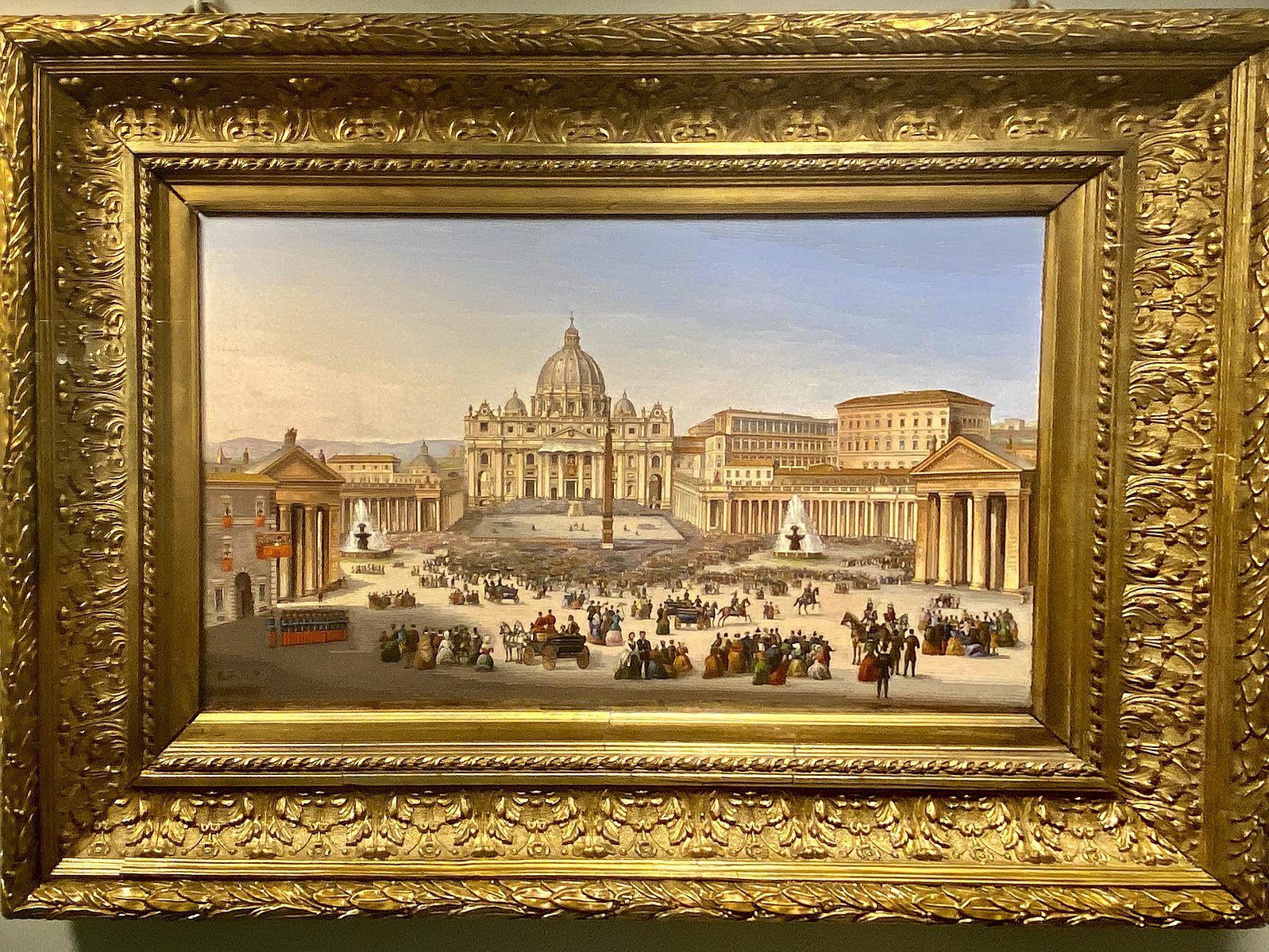
In the second half of the 19th century, these workshops experienced their golden age. In Rome, there are at their peak almost two hundred. The demand is significant and extends to all kinds of subjects: archaeological sites, emblematic architecture, churches, basilicas and landscapes, portraits, birds and other wild or domestic animals.
The enthusiasm is felt as far as Paris since the Charles X museum, at the Louvre, presents several fireplaces enriched with these remarkable creations. But it is above all the collections of individuals which must present them; the micro-mosaics are proof of elegance, sophisticated taste and tested by an essential youth trip: the Grand Tour.
Micro-Mosaics: Memories of the Grand Tour
An initiatory journey made fashionable in England in the 18th century, the Grand Tour is both a formative experience and proof of high social status. At a time when traveling is as dangerous as it is expensive for those who do not have the financial means, embarking on a journey of several months through Italy and sometimes Western Europe more broadly, is a privilege of the classes well-off.
The English critic Samuel Johnson (1709 – 1784) even considered this trip abroad to be fundamental for the education of aristocrats. Privileged young people notably brought back antiques from Italy and thus launched a fashion that spread to their continental neighbors. From the aristocracy, fashion passes to the upper bourgeoisie and when the means are not substantial enough to acquire real antique works, the happy travelers bring back to their loved ones the elegant proofs of their brand new taste, neoclassical and assured.

A Cross Decorated with Micro-Mosaics
Crosses, jewelry or small decorated objects were then very popular. Here, the top of the cross is decorated with a view of the Saint-Pierre basilica in Rome, from which we can admire Michelangelo’s dome and Bernini’s colonnade.
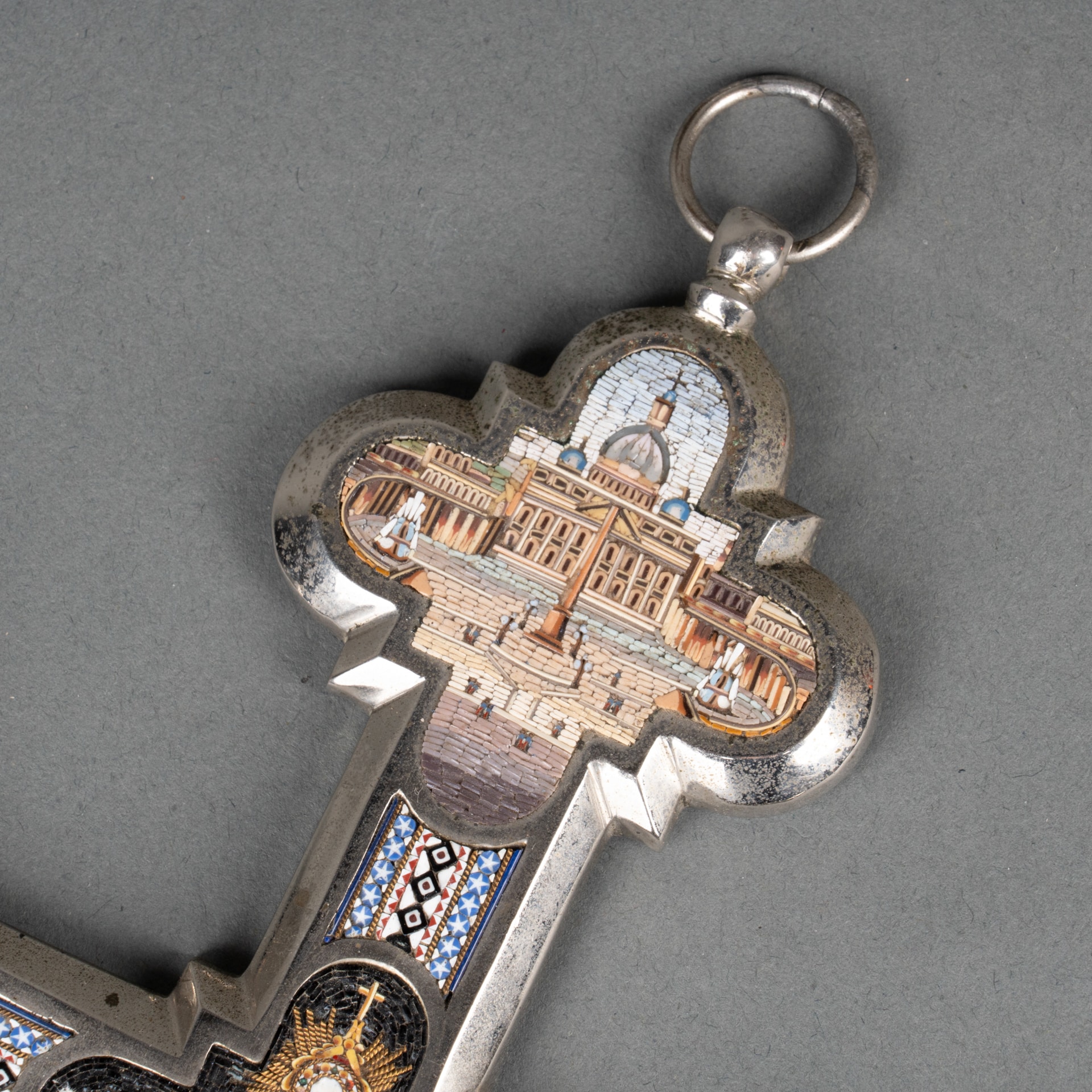
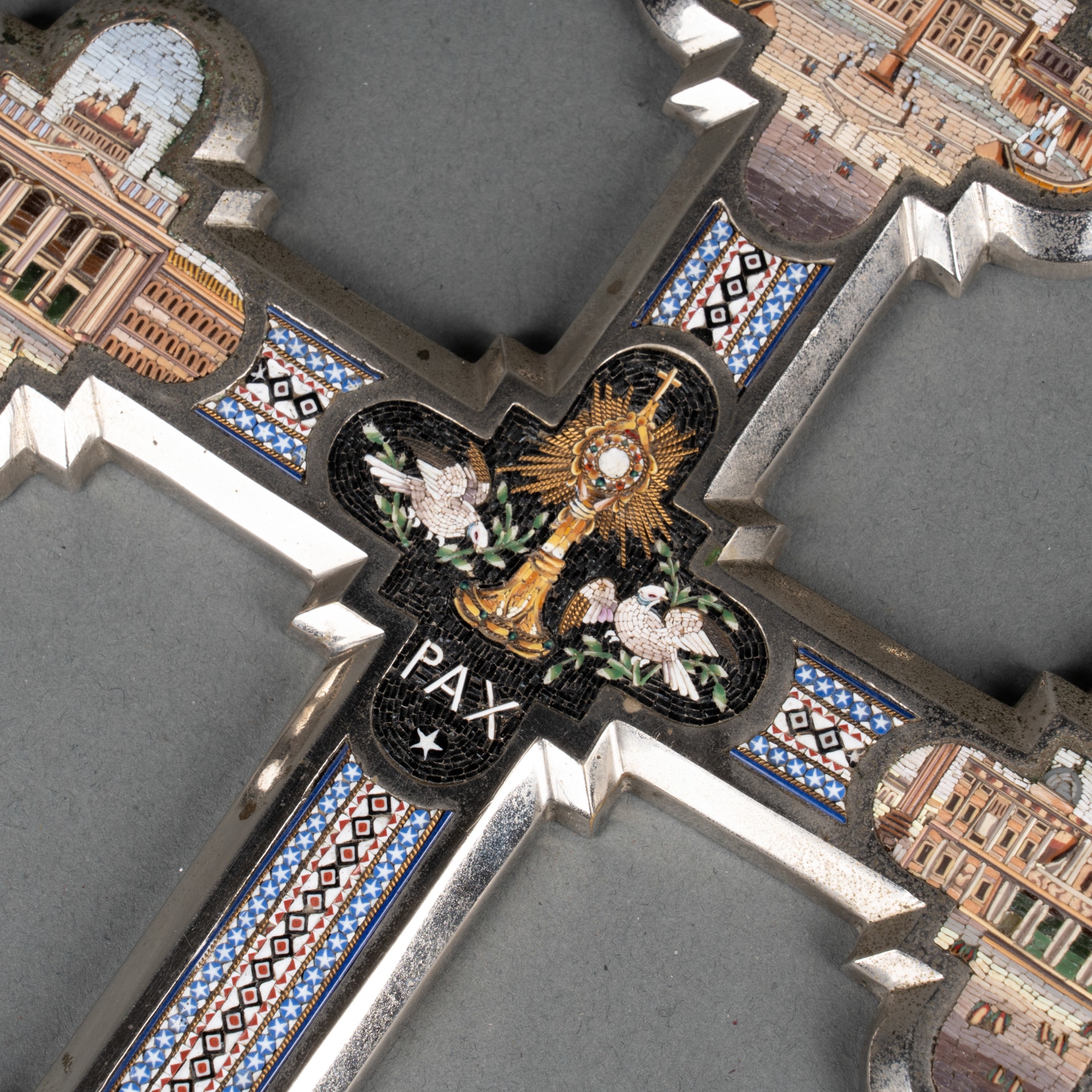

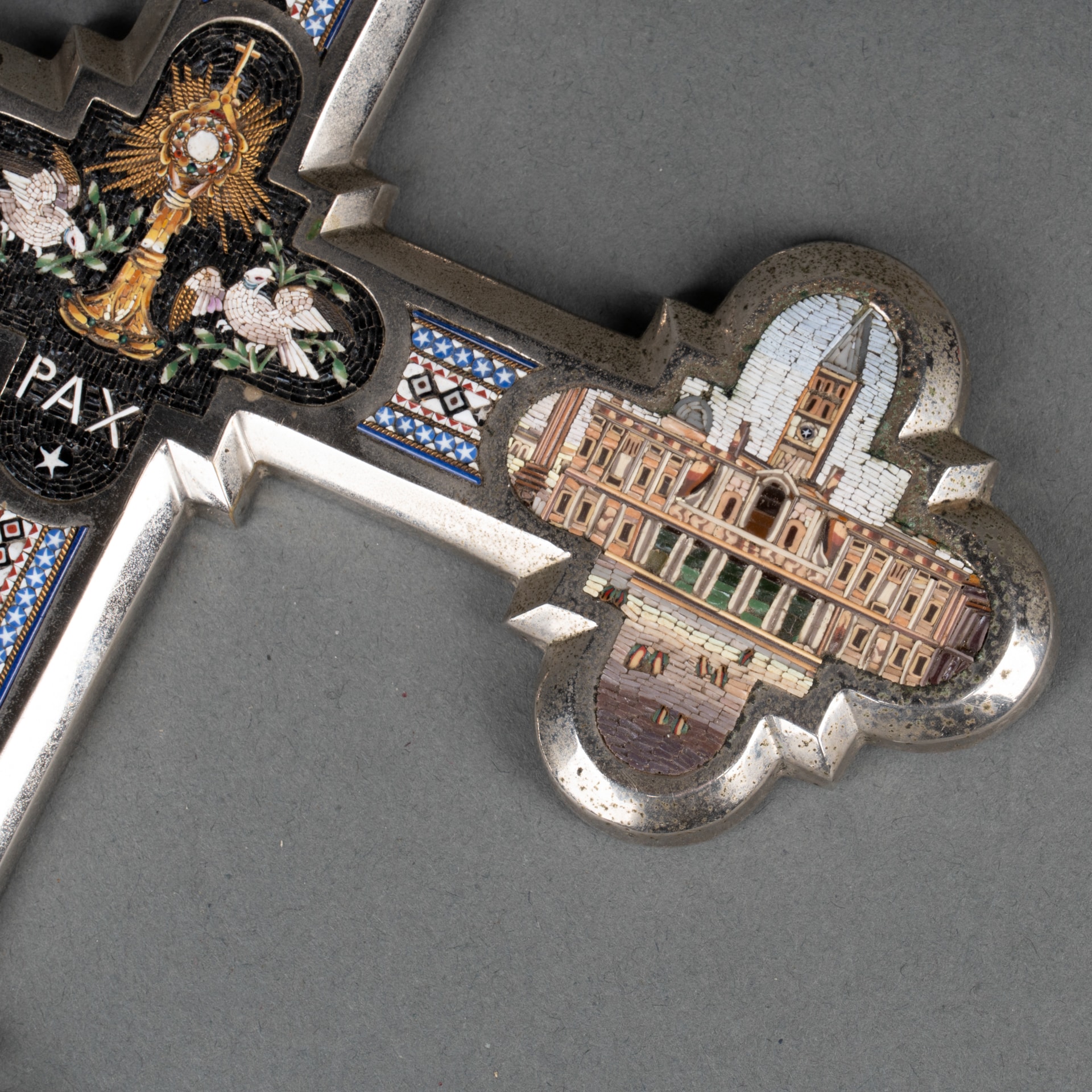


Finally, we will note an aesthetic very close to that of the Castellani family, whose first objects and jewelry with Christian subjects in micro-mosaics were created in the mid-1850s.
Marielle Brie de Lagerac
Art historian for the art market and cultural media.
Author of the blog Objets d’Art et d’Histoire
Autres ressources et documentations
17 April 2025
The Middle-Ages Furniture
Rare and highly sought-after, Middle-Ages furniture is making a strong comeback. An overview of this market, where enlisting the guidance of a professional is strongly advisable.
18 March 2025
Murano Glass Furniture
Since the beginning of the 20th century, Murano glassmakers have been exploring new horizons. After classic lighting and decorative art, Murano glass is now used to adorn…
16 December 2024
A bronze triton after the sculptures of François Girardon (1628 – 1715) in Versailles
This fountain element is all the more admirable as it is sculpted after the masterpieces of the Pyramid Basin, on the parterre of the North Wing of the Versailles gardens.
18 November 2024
Tyco Bookcase, by Manfredo Massironi, for Nikol International
A pure creation of optical art research in the 1960s, the Tyco library shelf designed by Manfredo Massironi invites the viewer to bring the work of art to life on a daily basis.
3 August 2024
The Ocean Liner Style
In the 20th century, the immense ocean liners connecting the Old Continent and the New World were ambassadors of tastes and innovations on both sides of the Atlantic.
15 July 2024
An 18th Century Shell Box
From the Regency to the death of Louis XV, the art of the shell was the center of all attention.


